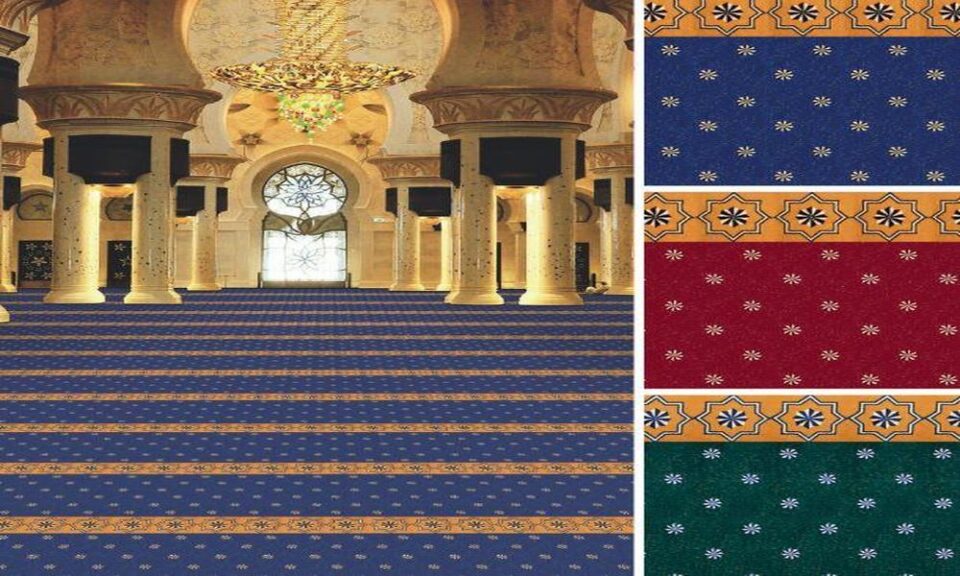Mosque carpets are unique and special because of their intricate designs, high-quality materials, and cultural significance. These carpets are handcrafted by skilled artisans who take great care in creating each carpet, weaving in patterns and designs that have been passed down through generations. The materials used in these carpets are often of the highest quality, such as silk or wool, which give them a luxurious feel and long-lasting durability.
In addition to their aesthetic appeal, mosque carpets also have cultural and religious significance. They are an integral part of Islamic prayer, providing a clean and comfortable surface for worshippers to pray on. The carpets are often adorned with Islamic motifs, such as geometric patterns or calligraphy, which symbolize various aspects of the Islamic faith.
How do Mosque Carpets differ from other types of carpets?
Mosque carpets differ from other types of carpets in several ways. First, they are typically larger in size, often covering the entire floor of a mosque. This means that they require a great deal of skill and precision to create, as the pattern must be maintained throughout the entire carpet.
Secondly, mosque carpets are often made of high-quality materials such as wool or silk, which are known for their durability and luxurious feel. These materials are often more expensive than those used in other types of carpets, but their durability and quality make them worth the investment.
Finally, mosque carpets often have unique designs and patterns that are specific to Islamic culture and tradition. These designs may include intricate geometric patterns or calligraphy, which have been used in Islamic art for centuries. This gives mosque carpets a distinct cultural and historical significance that sets them apart from other types of carpets.
What are some popular designs and motifs used in Mosque Carpets?
There are many popular designs and motifs used in mosque carpets, each with its own cultural and religious significance. One of the most common motifs is the mihrab, which is a decorative niche in the wall of a mosque that indicates the direction of Mecca. The mihrab is often incorporated into mosque carpets, as a way of symbolizing the connection between prayer and the holy city of Mecca.
Another popular design is the tree of life, which represents the interconnectedness of all living things. This design is often used in Islamic art and is incorporated into mosque carpets as a way of symbolizing the unity of the Muslim community.
Geometric patterns are also a common design element in mosque carpets. These patterns are often highly intricate and precise, symbolizing the order and symmetry of the universe. They may include complex shapes such as stars, hexagons, or octagons, and may be repeated throughout the carpet to create a cohesive design.
Finally, calligraphy is a popular design element in mosque carpets. This involves the use of Arabic script to create beautiful and intricate patterns and designs. The calligraphy may include verses from the Quran or other Islamic texts and may be used to create a sense of reverence and spirituality in the space.
mosque carpets are unique and special for their intricate designs, high-quality materials, and cultural significance. They differ from other types of carpets in their size, materials, and designs, and incorporate popular motifs such as the mihrab, tree of life, geometric patterns, and calligraphy. These carpets are an important part of Islamic prayer and tradition and are revered for their beauty and historical significance.

